If modern warfare is a battle of information, then the RAF’s ISTAR fleet is on the front line.
These aircraft, packed with sensors, form a vital but often overlooked part of the UK’s capabilities. From tracking Russian submarines in the North Atlantic to intercepting enemy signals over Eastern Europe, they provide Britain – and NATO – with the intelligence edge needed to deter threats and, when necessary, act decisively.
ISTAR – short for Intelligence, Surveillance, Target Acquisition and Reconnaissance – isn’t as headline-grabbing as fast jets or aircraft carriers. But make no mistake: it is critical.
So, what does the UK’s fleet actually do – and why does it matter?
The RAF has a long tradition of airborne intelligence-gathering, going back to Cold War missions by Canberras and the legendary Nimrod. More recently, the Sentry AEW1 and Sentinel R1 aircraft played central roles in operations over Iraq, Afghanistan, and Libya.
But those aircraft have now retired. In their place is a new, modernised fleet of ISTAR platforms based primarily at RAF Waddington and RAF Lossiemouth. These aircraft – smarter, faster, and more connected than ever – are reshaping how Britain understands and responds to threats.
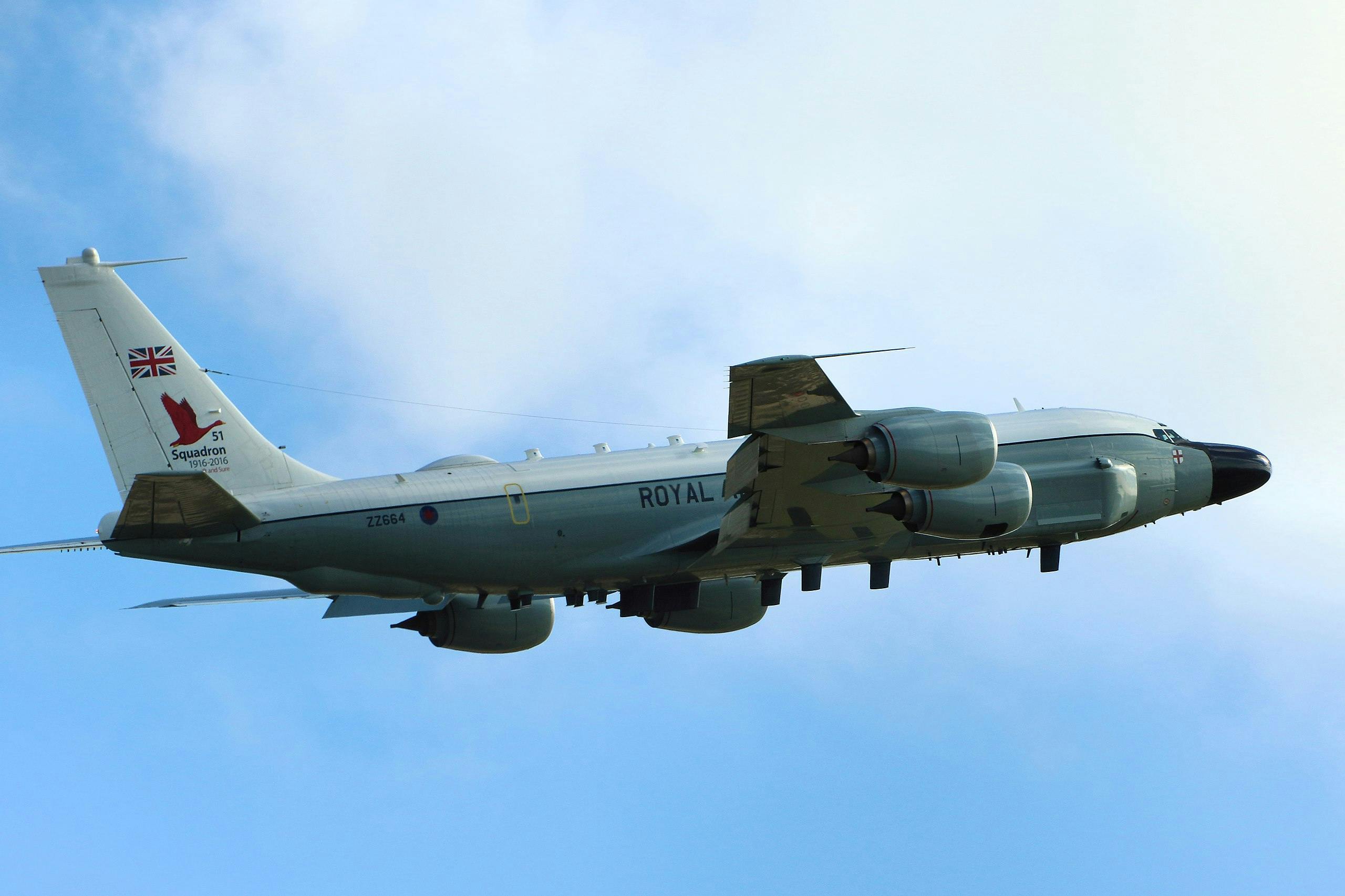
At the heart of the RAF’s airborne signals intelligence capability is the RC-135W Rivet Joint, known in UK service as Airseeker. Three of these specialist aircraft are in service with No. 51 Squadron, flying regular missions to intercept and analyse radar emissions, communications, and other electronic signals. Whether flying over the Baltics or the Eastern Mediterranean, Rivet Joint provides real-time intelligence to commanders across NATO. It can detect enemy radars, listen in on military communications, and share that data instantly with allied forces.
It’s not glamorous work – but it is utterly indispensable. When tensions spike, it’s often a Rivet Joint that’s first in the air, quietly collecting the information that informs every other move.
Set to replace the RAF’s retired fleet of Sentry early warning aircraft, the E-7 Wedgetail represents a generational leap forward in airborne command and control. Built on a Boeing 737 airframe, its powerful radar can scan hundreds of miles in every direction, tracking enemy aircraft and coordinating friendly ones.
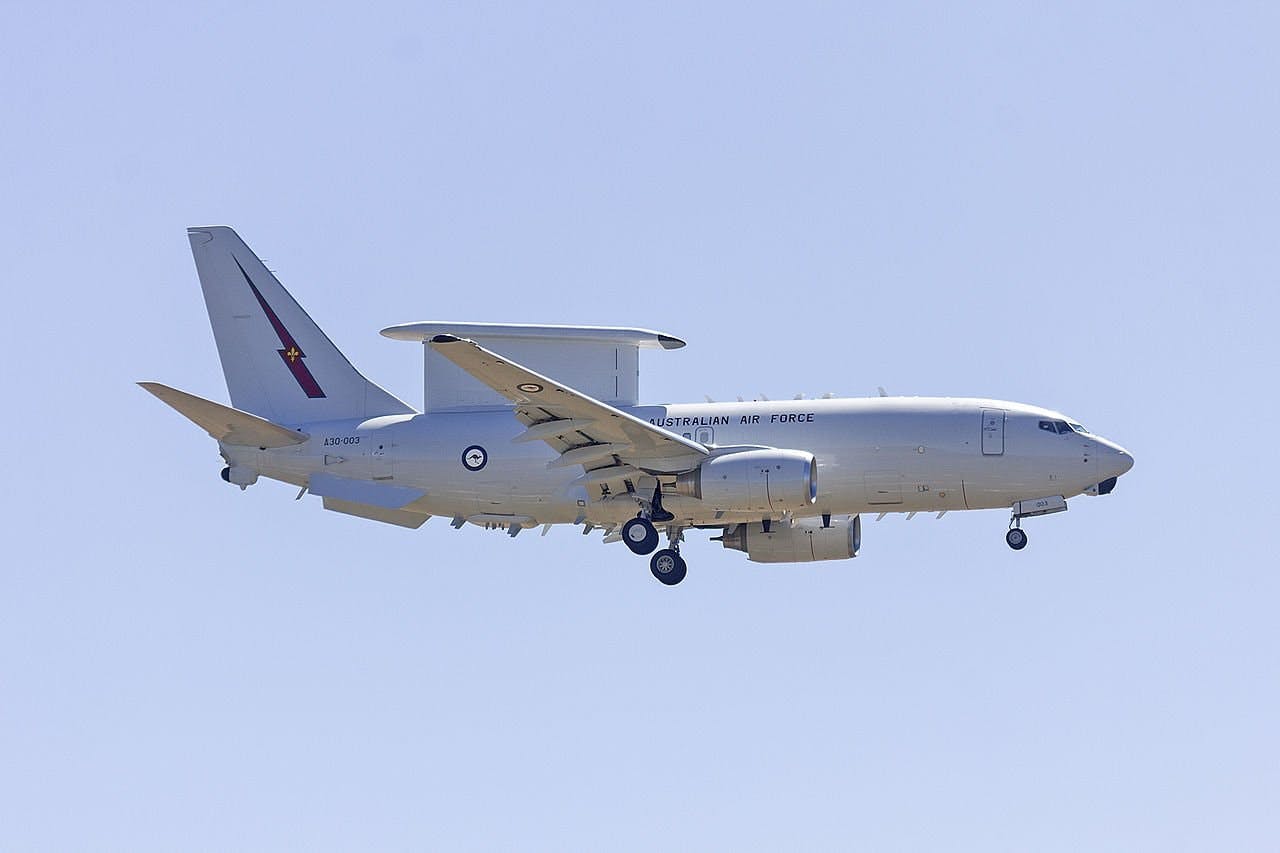
Based at Lossiemouth, alongside the Poseidon maritime patrol fleet, Wedgetail will help knit together Britain’s air and naval defences and contribute to NATO’s shared early warning system.
As tensions with Russia have grown, so too has the importance of maritime patrol. Enter the P-8A Poseidon, the RAF’s long-range submarine hunter.
Based on the Boeing 737 and packed with sophisticated sonar buoys, radar, and torpedoes, Poseidon provides round-the-clock surveillance over the North Atlantic – a key transit route for Russian submarines seeking access to the open ocean. It also plays a crucial role in protecting the UK’s nuclear deterrent.

The Royal Navy’s Trident-armed submarines are among Britain’s most important assets – and Poseidon helps ensure they remain undetected and unchallenged.
At the other end of the scale is the Shadow R1, a smaller aircraft designed for tactical surveillance and intelligence-gathering. Flying low over hostile terrain, Shadow can spot hidden threats, support special forces, and feed live imagery back to commanders on the ground.
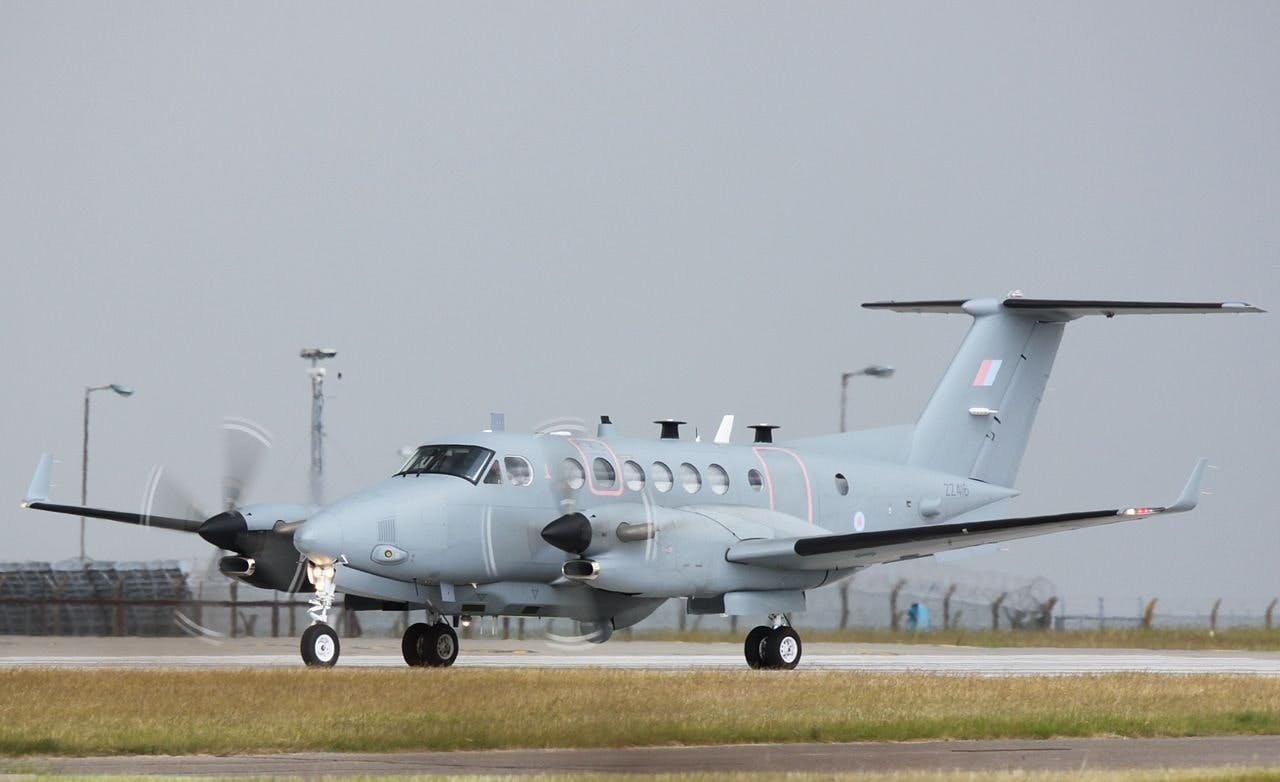
Britain’s future in unmanned surveillance rests with the Protector RG Mk1, the successor to the well-known Reaper drone. Capable of flying for over 40 hours, Protector will be able to carry out surveillance and precision strikes while complying with UK and European airspace regulations – something its predecessor couldn’t do.
Due to enter service this year, Protector will allow the RAF to maintain a persistent watch over areas of interest across the globe, relaying high-quality intelligence in real time while keeping aircrew out of harm’s way.
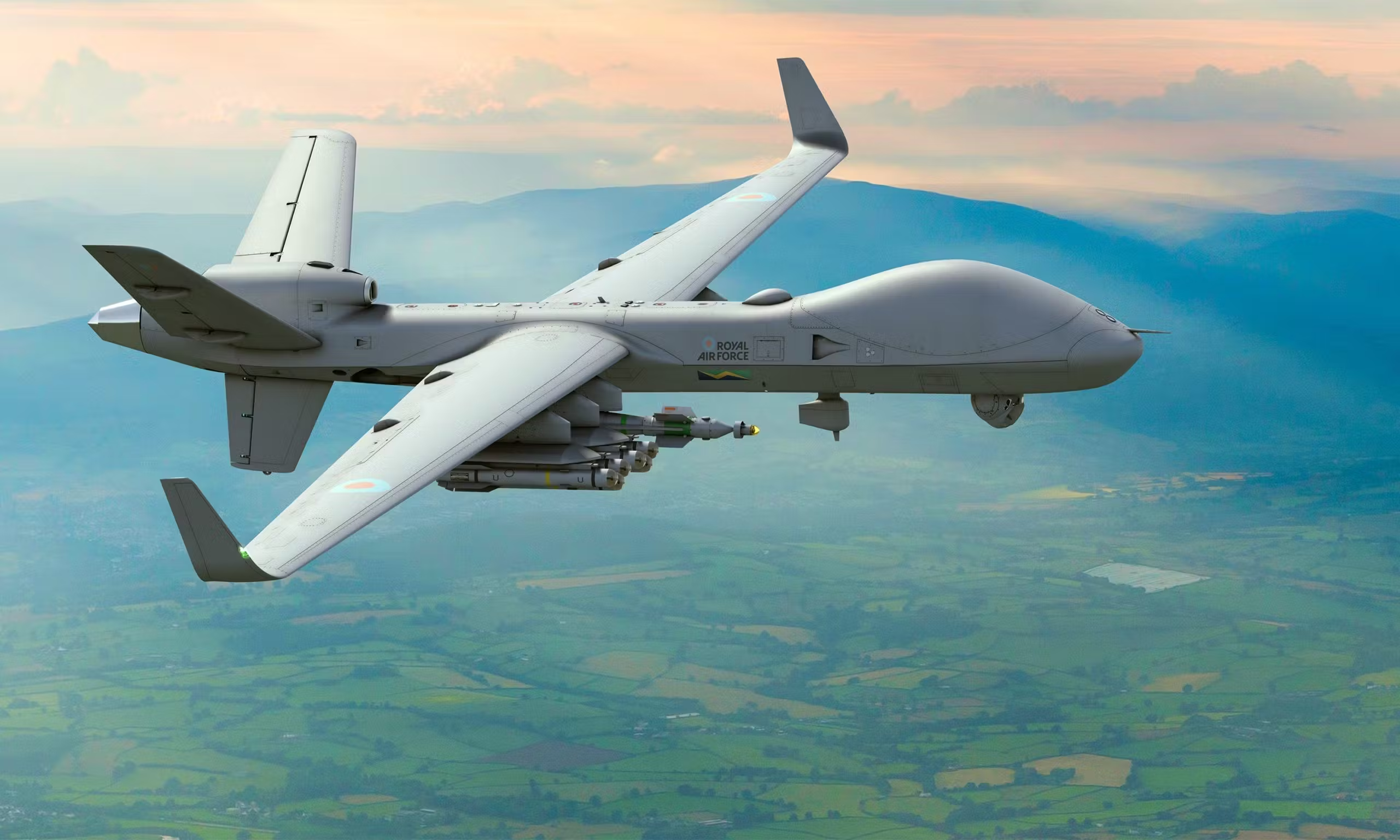
Why it all matters
ISTAR doesn’t make headlines. It doesn’t dogfight or drop bombs. But it enables everything that does. By providing early warning, accurate intelligence, and persistent surveillance, the RAF’s ISTAR fleet gives the UK and its allies the ability to deter threats, respond rapidly to crises, and – when necessary – act with precision.
In a NATO context, these capabilities multiply the effectiveness of allied forces. The UK’s platforms are designed to plug into alliance networks, allowing seamless intelligence-sharing and coordination with partners from the US to Norway. This is burden-sharing in action – and a key part of Britain’s contribution to collective defence.
As debates continue to swirl around ship numbers and fighter jet fleets, it’s worth remembering that none of those platforms operate in a vacuum. They rely on the invisible work done by ISTAR assets – monitoring the air, sea and electromagnetic spectrum, 24 hours a day.


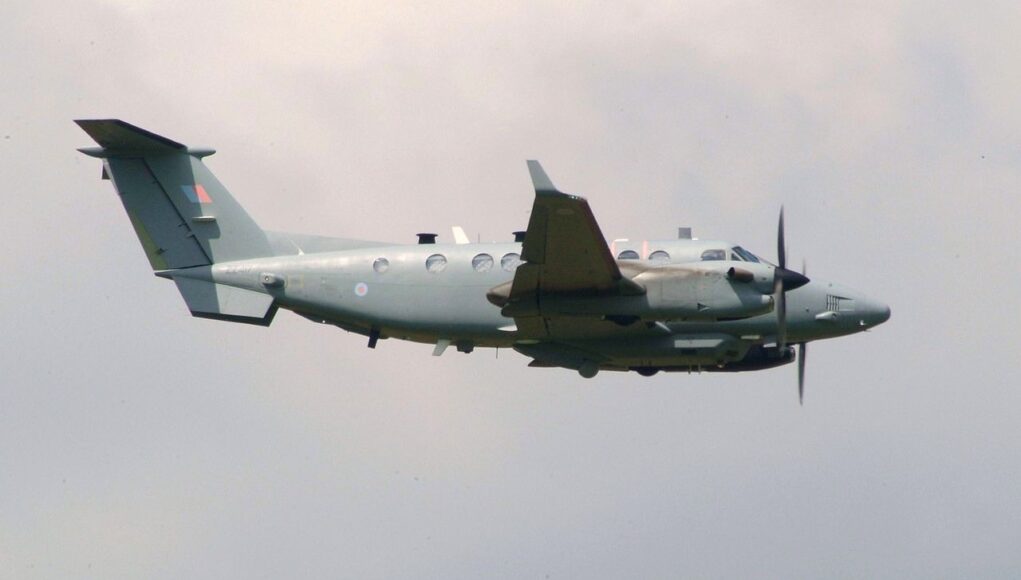


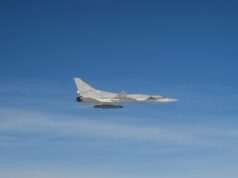
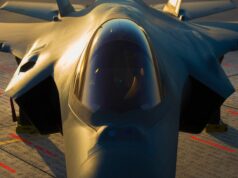
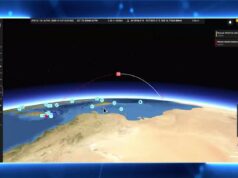
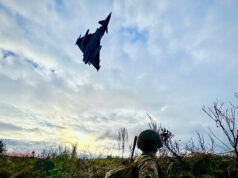
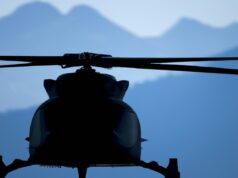
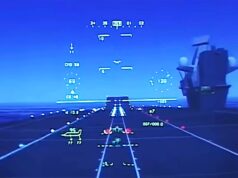
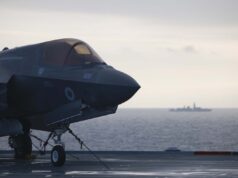
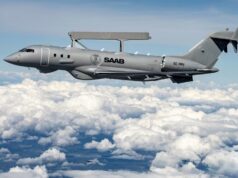

Probably the most capable fleet of this type aircraft out there after the US especially when their wide range of activities is factored in. Also very hard working.
JOIN US Everybody can earn 250$/h + daily 1K !!! Start now making every month extra $6000-$22000 or more by just doing an easy online work from home. Last month i have earned and received $19650 from this work by giving this only 3 hrs a a day.Every person can now get this work and start earning online by…
For details check ——-⫸ WWW.WORKSPROFIT7.COM
I think the RAAF’s growing ISR fleet will match or exceed the RAF for capability and probably numbers as well.
The first of the RAAF’s 4 Peregrine ISR aircraft is about to come on online. Like the Rivet Joint its exact fitout of sensors and capabilities is classified but it is roughly analogous and built on a more modern, efficient and maintainable platform than a decade old 707 airframe.
The first of 4 high altitude, long range MQ 4C Triton UAVs is now in service with capabilities far exceeding General Atomics UAVs.
The RAAF has double the number of E7 Wedgtails that the RAF will field and a decade of in service experience with the platform. Likewise it’s 12 (+2 on order) P8 fleet is larger than the RAFs.
While the RAAFSs 12 Growlers are primarily an electronic warfare and SEAD/DEAD platform they are also a useful ISR asset. The 72 F35As likewise have ISR capabilities.
The loyal wingman Ghost Bat UAVs (8 in test fleet, 10 more Block 1 and 2 Block 2 on order) have a modular nose cone system allowing them to carry various ISR sensors. Their long range, stealth and autonomous operation coupled with relative low cost makes them a flexible ISR capability which is just at the beginning of its development curve.
While not an airborne asset Australia’s Jindalee over the horizon RADER network (JORN) can detect air and sea movements over 37,000 square kilometers of Australia’s northern approaches and at ranges of up to 3,000 kilometers. Canada has now signed a contract to acquire JORN to protect its northern arctic approaches.
All in all the RAAF has some of the best ISR and electronic warfare capabilities in the world.
Autocorrect!!
Jindalee Over-the-horizon Radar Network (JORN)
There’s been sadly very little in the press of the progress of the Ghost Bat during trials. I am hopi g great things will come from it.
JOIN US Everybody can earn 250$/h + daily 1K !!! Start now making every month extra $6000-$22000 or more by just doing an easy online work from home. Last month i have earned and received $19650 from this work by giving this only 3 hrs a a day.Every person can now get this work and start earning online by.
For details check ——-⫸ 𝐖𝐖𝐖.𝐖𝐎𝐑𝐊𝐒𝐓𝐀𝐑𝟏.𝐂𝐎𝐌
Fair points about E7 and P8 fleet sizes but those also reflect the different land mass and surrounding ocean that RAAF are responsible for compared to the much smaller UK land mass and ocean.
The obvious E7 specific for UK is buying 5 RADAR systems but only 3 aircraft, which needs correction in the Strategic Defence Review. Just because RC135W Rivet Joint fleet is only three, doesn’t mean RAF can make do with three E7s.
Sadly the Boeing 737 Max fiasco means that 737 NG 700 are still operating commercial services and not yet replaced, which limits supply for E7 conversion.
For me, as important as the fast jets.
I wouldn’t describe Sentinel or Sentry as having retired.
That word is becoming synonymous with rationalised, balanced, and all the others HMG use to explain away cuts.
Not mentioned in the article, Islander/Defender also had a role, also cut.
I don’t think we need additional types, but we do need to see increases. 2 more Wedgetail obviously given we’ve bought the radars and a fleet of 3 is pathetically thin.
Is there any scope to use extra Poseidon in the ISTAR role filling the gap left by Sentinel? Not sure what options there are for different/additional sensors.
I agree
We could surely have had the same aircraft fit as VPU 2.
Surely an enhancement at least. Then there is the multi mission pod which goes on the centre line. In testing at Patuxent. Again surely worth it.
We don’t have a comparable requirement. Perth-brisbane is 4-5 flying time. They have a lot more coast to defend and are isolated. We have local friends and work together.
What we can’t do is power project we just don’t have the capacity.
We need to build the additional E7’s we have radars for it’s a scandal. I guessing we would be told they don’t have the crews anyway.
Poseidon is already an excellent ISTAR asset. There is a US Eyes Only (at the moment) radar system that can be fitted to the Poseidon to give it Sentinel capabilities. A wise move would be to order more Poseidon aircraft with this radar and at least two more E-7s.
Thank-you for the piece.
I tend to agree with other commenters – 3 Rivet Joints is very thin.
It’s very unfortunate that we are tied to the USA long-term for these capabilities. We need to pivot away wherever we can as a matter of national security.
The USA Govt is publicly trying to force allies to choose “Us or China”, which is a caricature.
3 E7 and 9 P8 is very thin, yes.
3 RC135, so ELINT aircraft has been the number since the 80s. Nimrod R1 were also 3, so I’m more comfortable with there, and they provide take in conjunction with other intelligence assets, space and land based.
It’s the ASCS and ASW MPA areas that I’d enhance.
How soon the lessons of history are forgotten. The Falklands conflict demonstrated what a HUGE Force Multiplier flight refuelling can be; at that time, the RAF had the capability to air-refuel almost all of its operational aircraft. But today, of the six large aircraft types in service (or about to be) the RAF has the capability to air-refuel just one – the A400 Atlas.
Closer examination shows what a parlous state the RAF is in. The three Rivet Joint aircraft are insufficient to mainatin any sort of protracted or distant on-task capability – protracted because of crew and airframe availability, and distant because runway length means they cannot atke off from Waddington with a full fuel load. They currently have to beg the services of a USAF tanker when the task involves extended flight time.
The numbers issue applies to the E7 as well. Just three Wedgetails is insufficient for extanded barrier operations or for more than one aircraft to be on task at any given time. There is no room for crew training, maintenance or rectification.